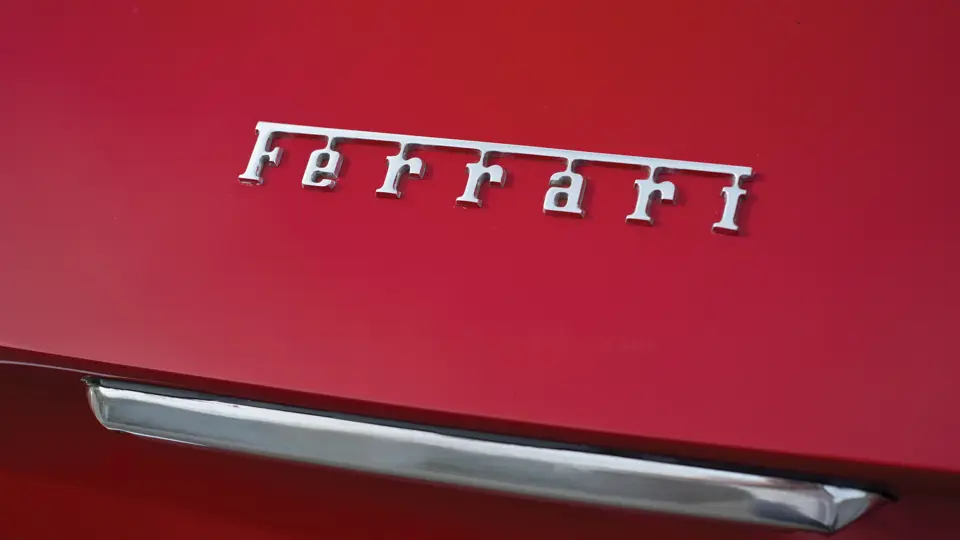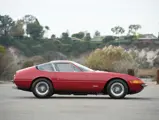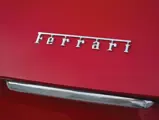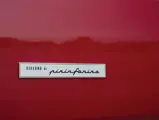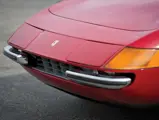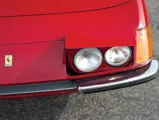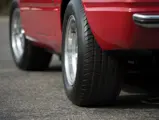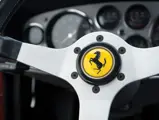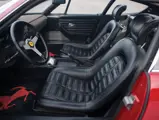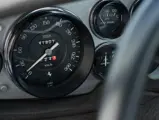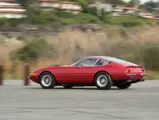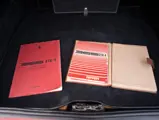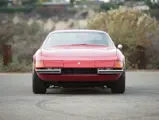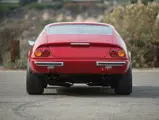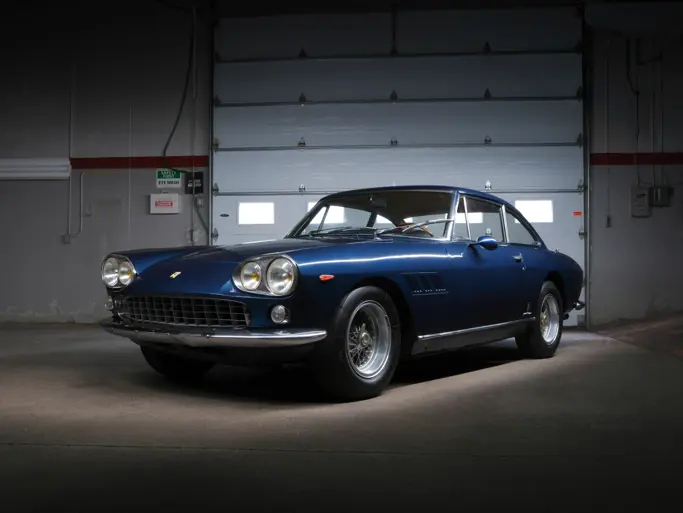352 bhp, 4,390 cc dual overhead-camshaft V-12 engine with six Weber 40DCN20 carburetors, five-speed manual rear-mounted transaxle, four-wheel upper and lower wishbone coil-spring independent suspension, and four-wheel hydraulic disc brakes. Wheelbase: 94.5 in.
The Ferrari 365 GTB/4 acquired its unofficial Daytona name after the model swept the top three places of the 1967 race of the same name. Ferrari was reportedly quite put out when the Daytona name leaked out during testing, and it was never officially applied to the model. In any case, the Daytona proved its namesake point 12 years later, when a 1973 model, driven by John Morton and Tony Adamowitz, finished 2nd at Daytona in 1979, capping an extraordinary competition career.
When the Daytona was introduced at the 1968 Paris Salon, it had a tube-steel frame and its body featured a horizontal body-side crease below the level of the wheel wells. Early models had full-width plastic headlight covers, but U.S. regulations rejected covered lights, and the solution was the elegant pop-up lights, which were fitted to all the cars from 1970 onwards. The Kamm tail contained two taillights on each side, and aluminum was used for the doors, hood, and trunk lid. The Cromodora five-spoke wheels were standard and similar to the wheels used on Formula One cars at the time.
The price of the 365 GTB/4 rose from $19,500 to $23,940 through the model’s five-year production run. But the Daytona’s mechanical specifications delivered on its claim to be the fastest production sports car in the world, with a top speed of 174 mph. The four-cam Colombo V-12 engine displaced 4.3 liters and generated an impressive 352 horsepower.
One of the first endorsements of the Daytona came from Le Mans winner (for Ferrari) and lifetime auto journalist Paul Frere. He reported 176 mph in autostrada traffic in 1969 and observed that the radio was useless above 120 mph. Still, as he said, “If you go faster, it’s the engine that makes the music; the finest music of all to the ears of the enthusiast, and the music he can enjoy in a well-sprung car, fitted with such amenities as electric window lifters, air conditioning… and a really capacious luggage locker—a Grand Touring car par excellence.”
Competition Daytonas won the Tour de France in 1972, their class at Le Mans in 1973 and 1974, and their class at Daytona in 1973 and 1975. The 1973 Le Mans class-winning Charles Pozzi entry, driven by Vic Elford and Claude Ballot-Lena, was driven back to Paris following the race, proving the Daytona’s remarkable reliability.
The Daytona offered here is a very desirable left-hand drive, European-specification car that has Borrani chrome wire wheels and factory air conditioning. It was completed on December 19, 1972, and was originally delivered through noted dealer Motor S.a.s. of Bologna.
At some point in the late 1970s, the car was exported to the United States, specifically to Southern California, where it has remained a “local car” ever since. It has recently been the recipient of a full tuning and a high-quality repaint in traditional Rosso Corsa, and it retains its original black interior, which is in fine condition, as well as the desirable tool set, jack, and books. Since new, it has covered only 41,879 kilometers, or 25,716 miles, on those jewel-like Borranis, and it exhales beautifully through its Borla performance exhaust.
This car is a wonderful Daytona to drive and enjoy, as nature and Enzo Ferrari intended, and it offers an excellent opportunity to experience one of Maranello’s finest creations.




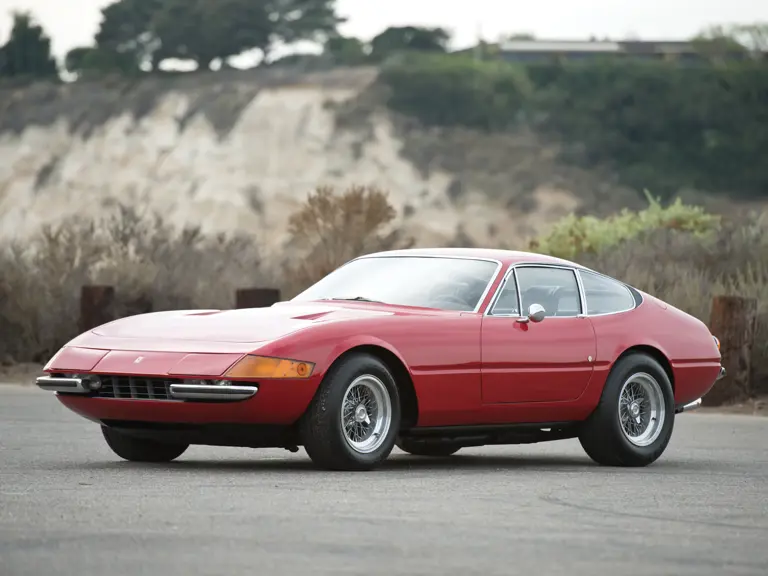
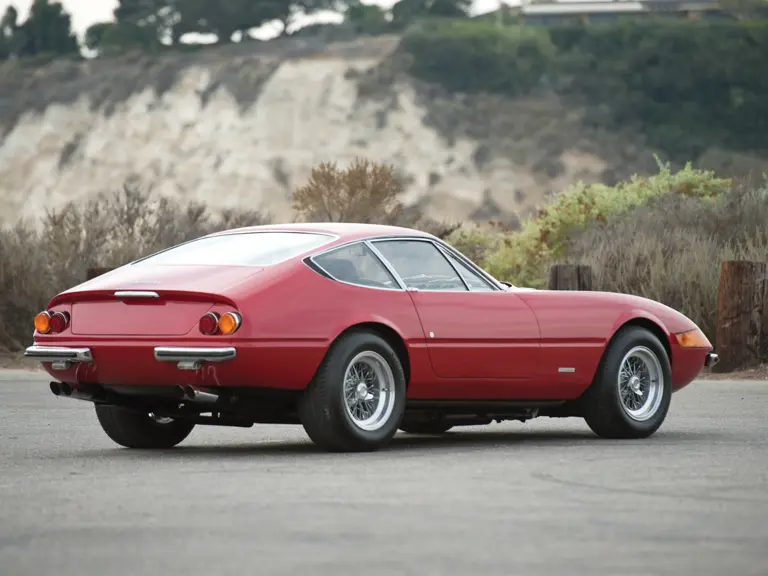
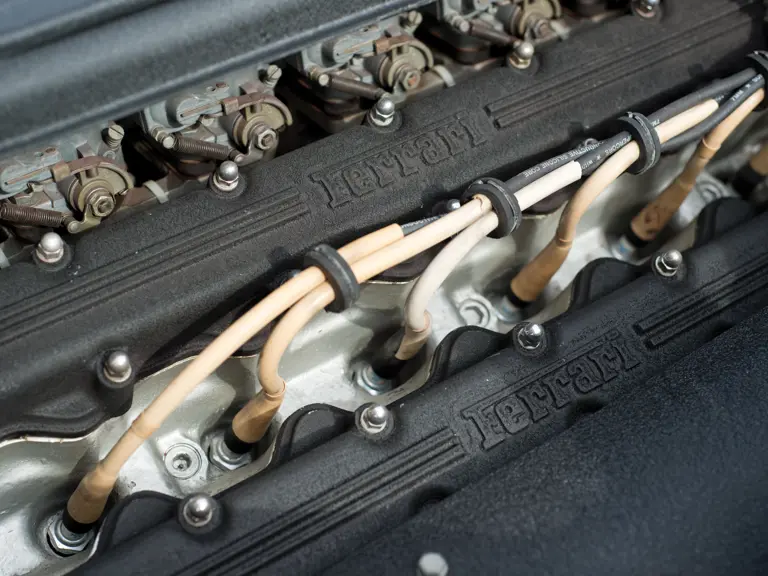
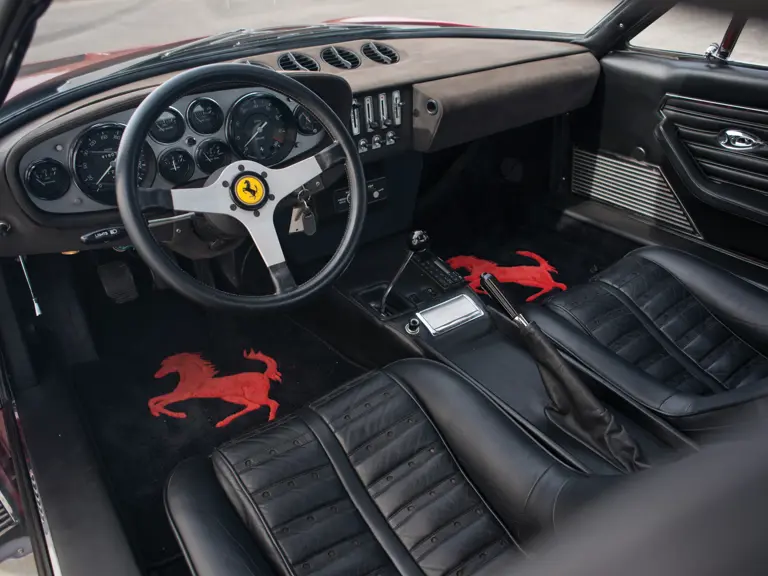


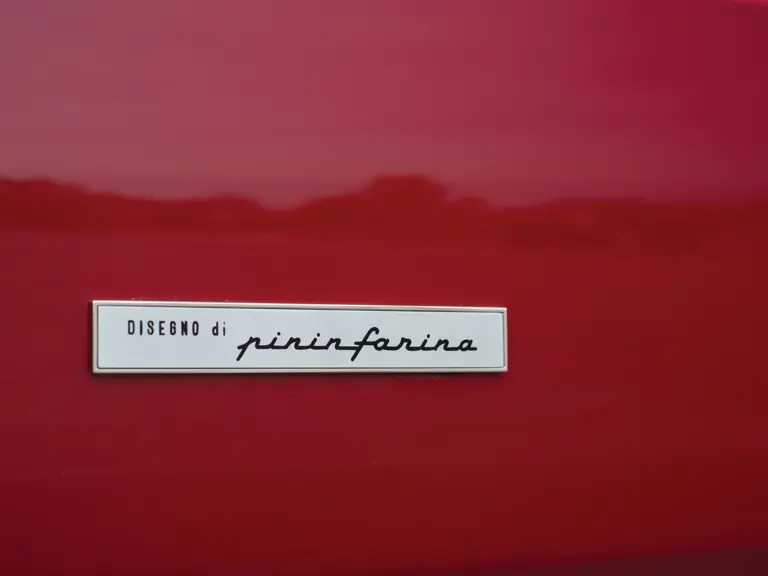
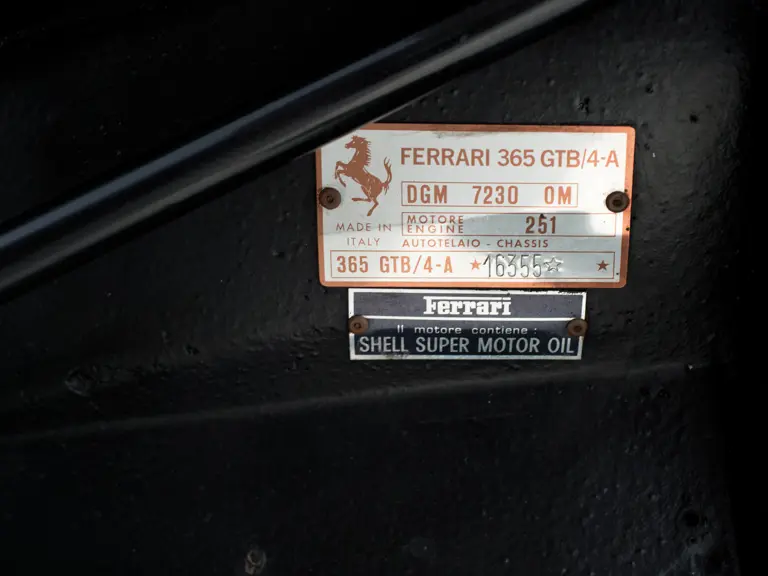
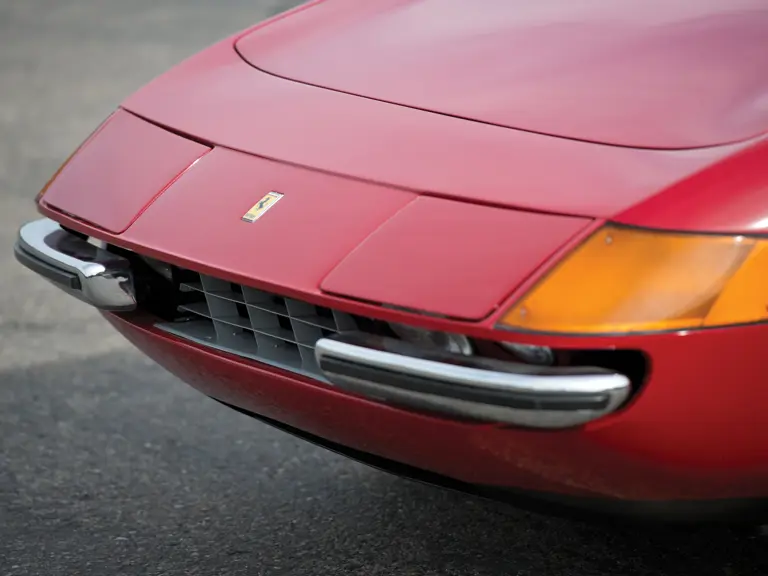

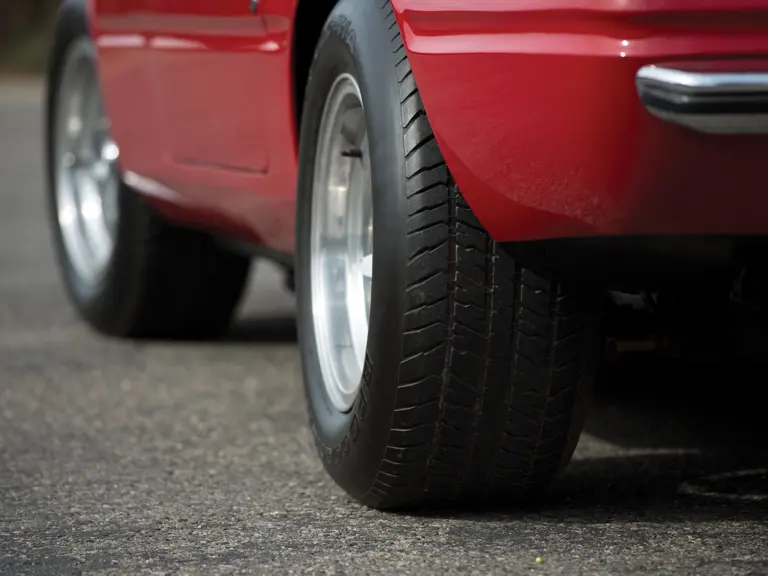
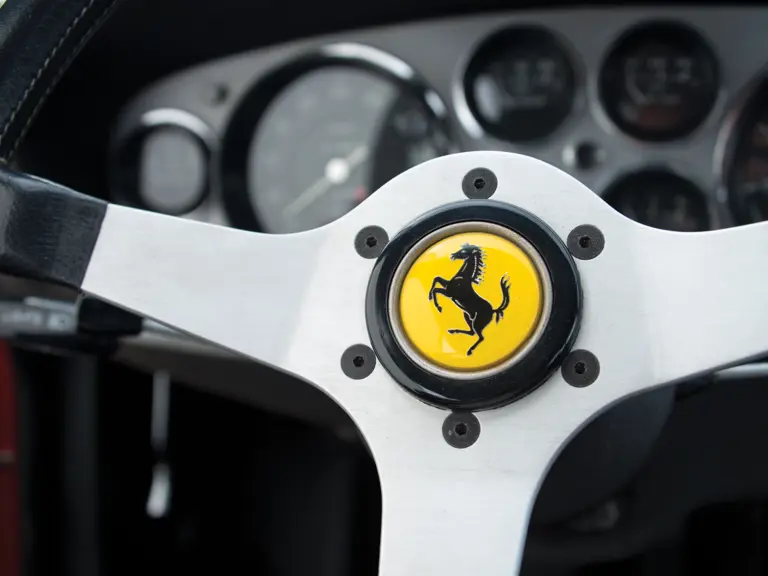
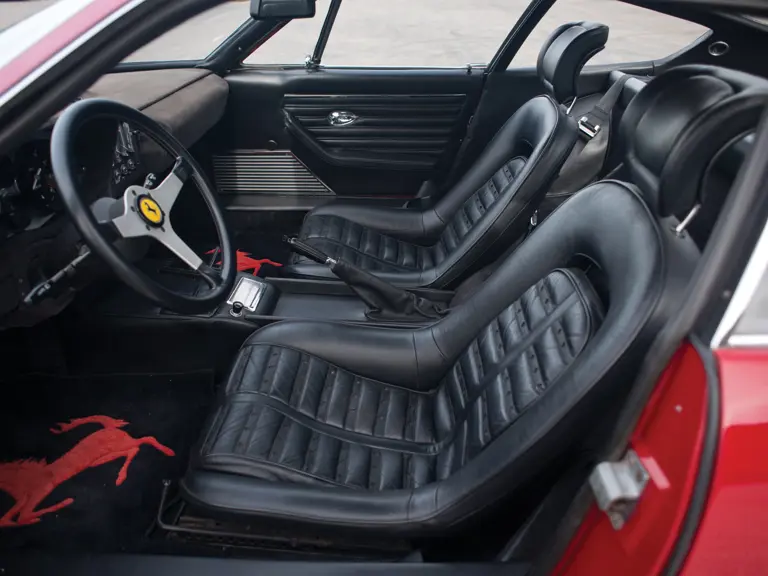
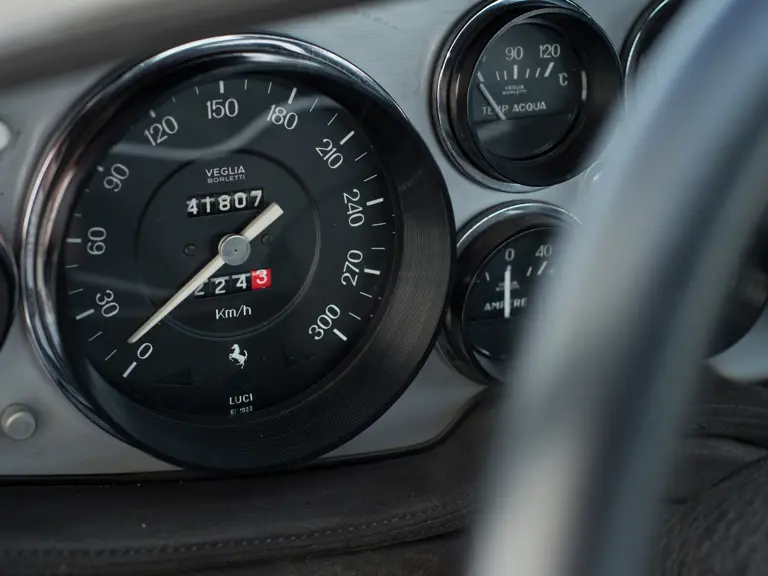

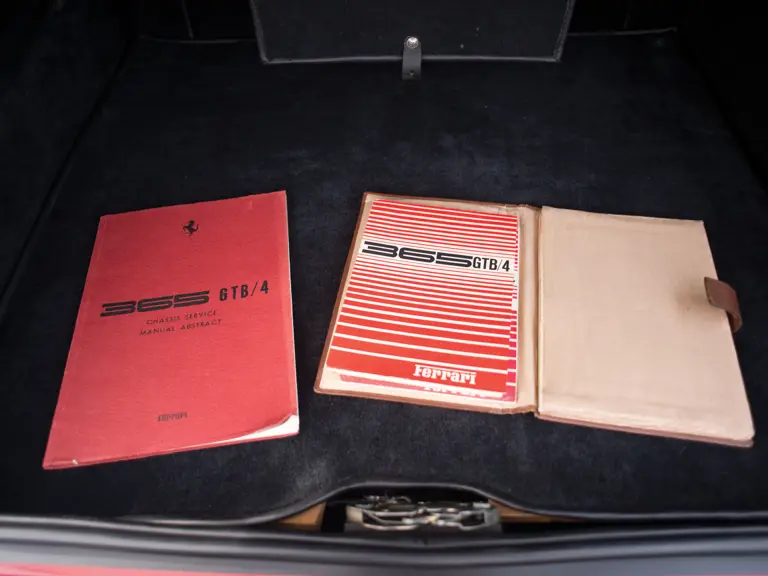
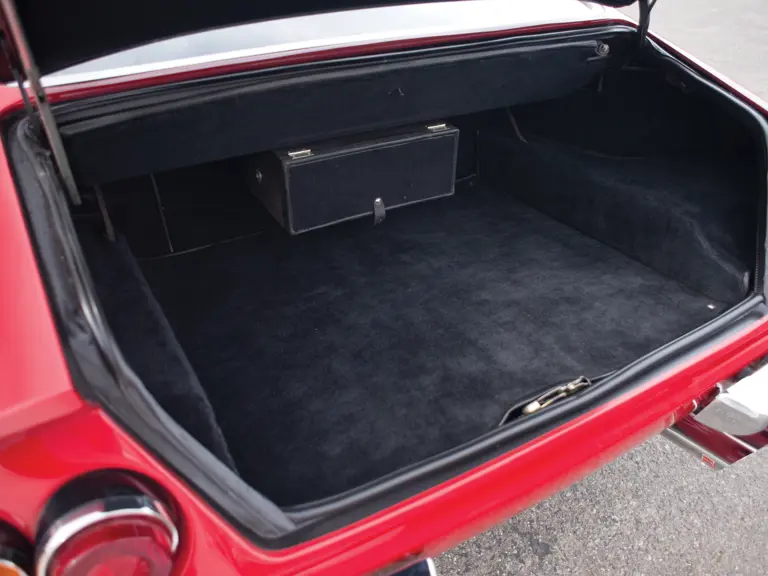
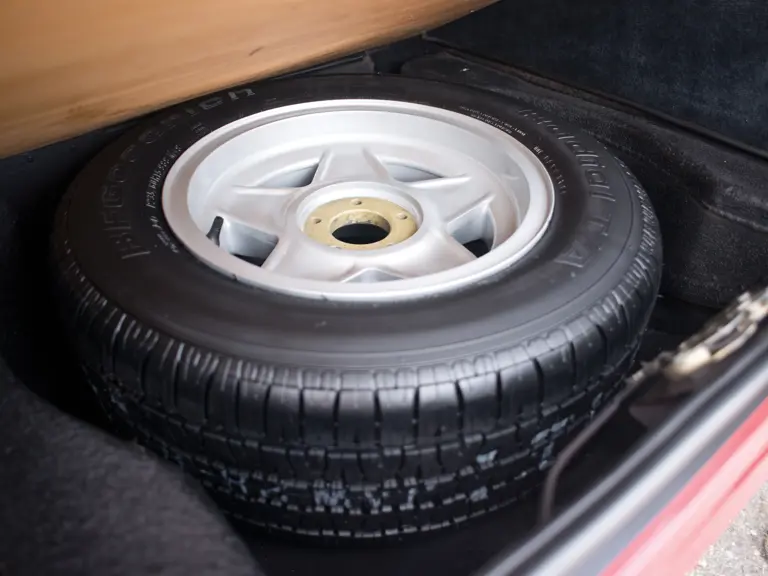
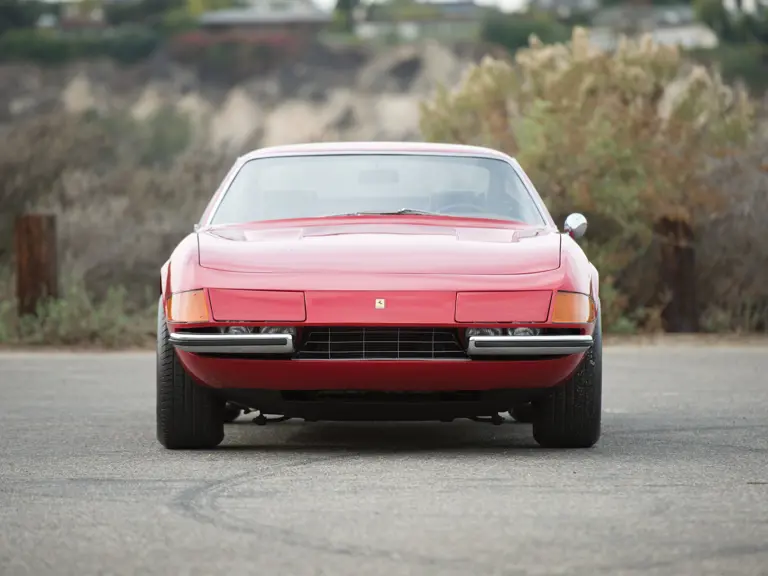
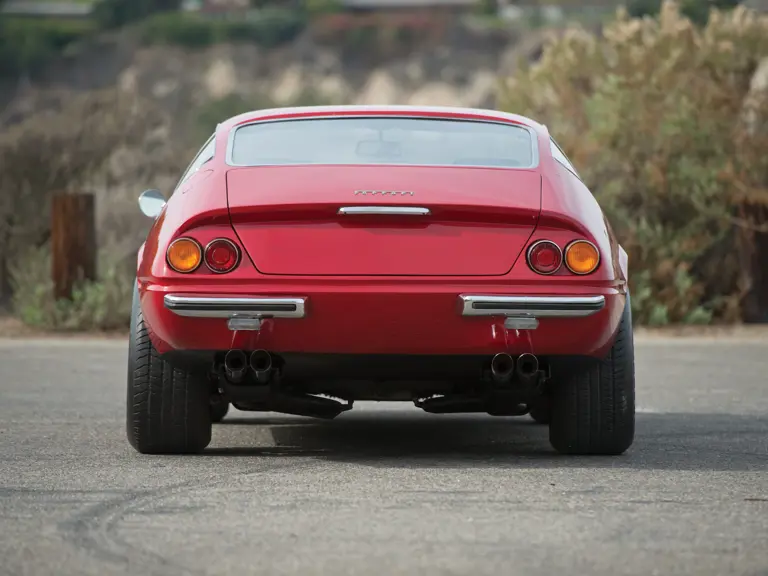

 | Phoenix, Arizona
| Phoenix, Arizona

